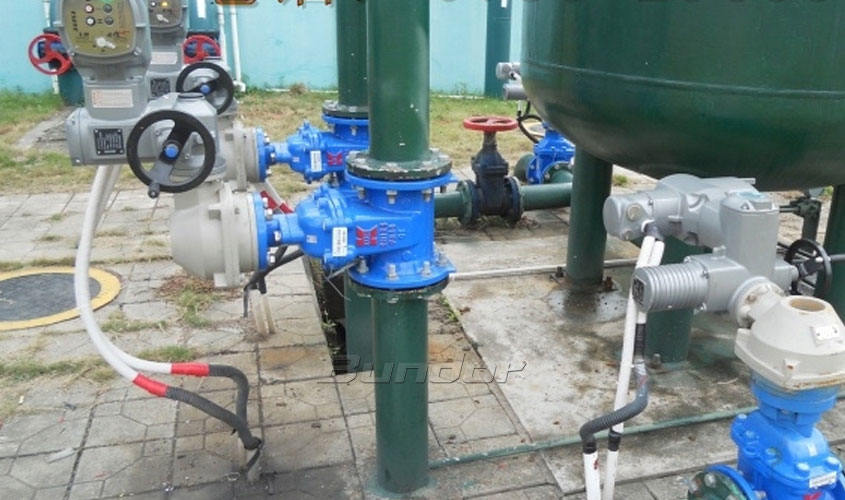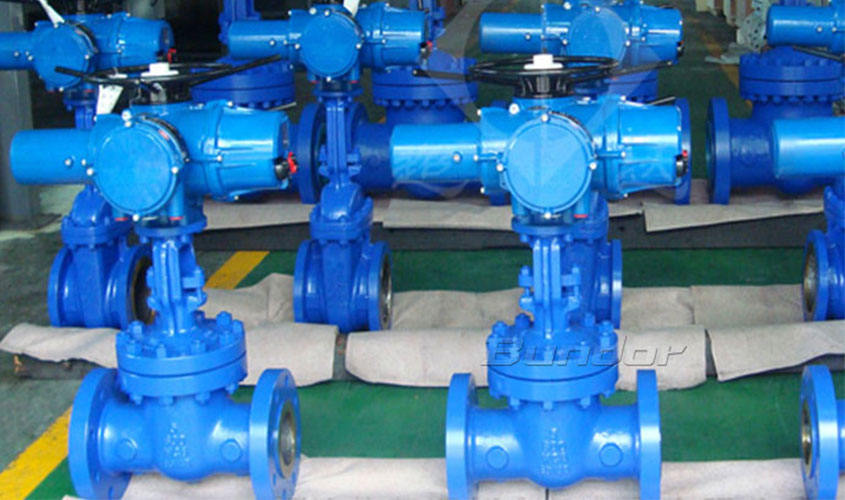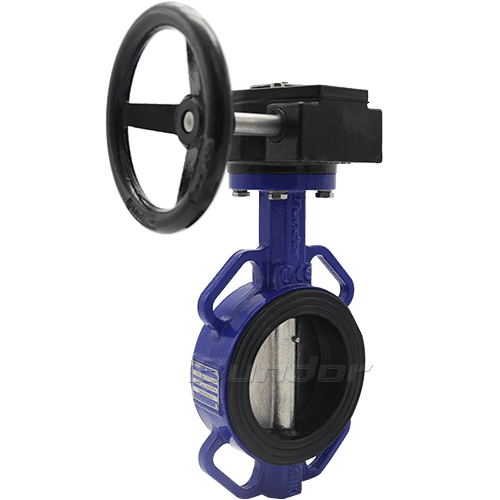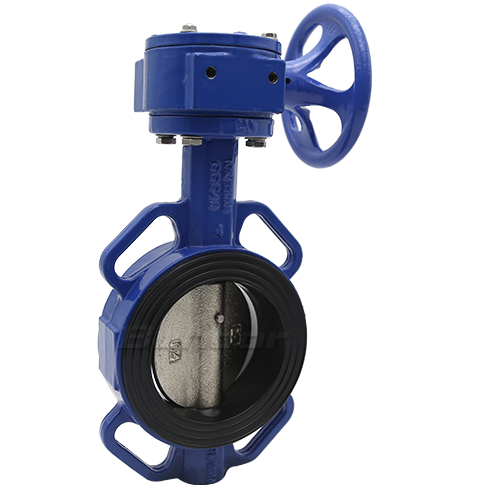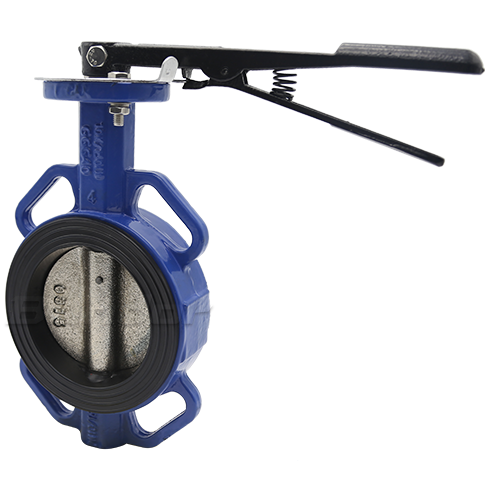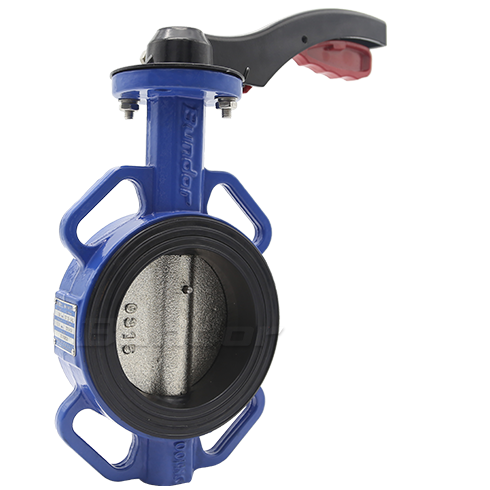The electric gate valve is an electric actuator that controls the gate valve of the valve switch. Its structure can be divided into upper and lower parts. The upper part is an electric actuator. The lower part is the gate valve body. Connect the electric actuator to the gate valve. Then after installation and commissioning, it becomes a electric gate valve. The electric gate valve uses electric energy to realize the switching of the valve, thereby achieving the interception and circulation of the control pipeline medium.
The switching speed of the electric gate valve is adjustable. Its structure is relatively simple and easy to maintain. Its design and construction also has its own characteristics.
1. The electric gate valve adopts pressure self-tightening seal, which has excellent sealing performance and is reliable and safe to use.
2. The electric gate valve adopts a double-gate middle with a universal top structure. It automatically adjusts the degree of sealing between the gate and the seat to ensure the sealing performance of the valve. At the same time, this structure is also very convenient to repair and save costs.
3. The sealing surface of the gate and the valve seat is made by plasma spray welding of cobalt chromium tungsten carbide. The sealing surface is very hard and very resistant to abrasion and corrosion. This extends the life of the valve.
4. The valve stem is made of nitrided steel and nitrided on its surface. It has high hardness, good performance and long life.
5. The electric device of the electric gate valve is equipped with a torque control mechanism, a field operating mechanism and a hand and electric switching mechanism. It can also be operated remotely and intelligently controlled. It is suitable for use in occasions where manpower is difficult to operate, or the environment of the pipeline is complicated and dangerous.
6. When the electric gate valve is used for the first time, installation and commissioning, it is necessary to manually open the valve to about half of the position, so as to avoid damage to the valve or electrical installation caused by the reverse phase of the motor.


